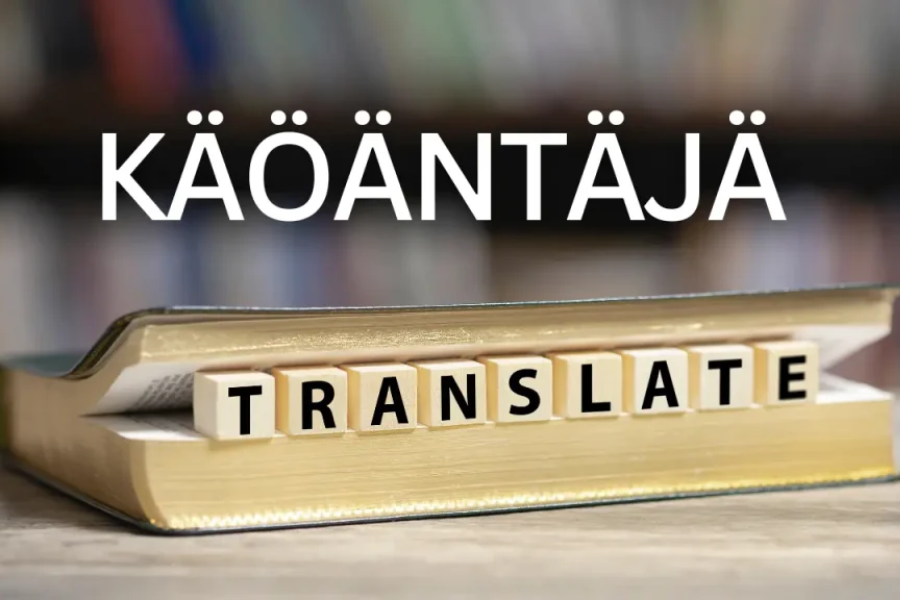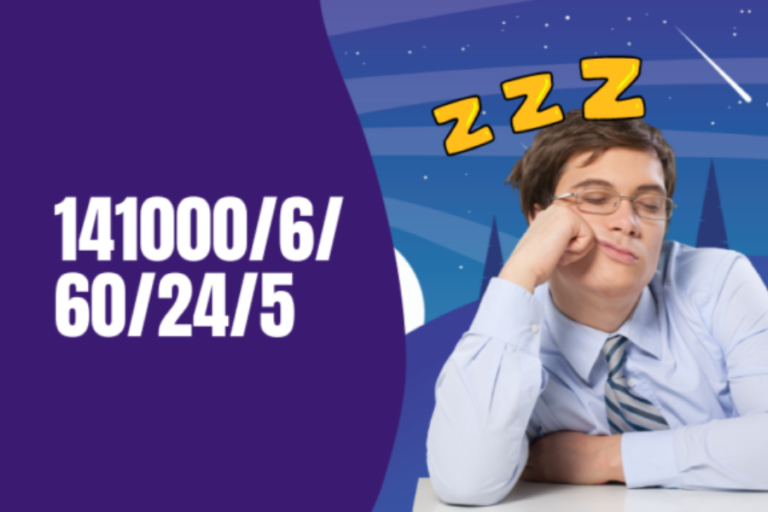Exploring the World of Language and Translation
The Role of a Käöäntäjä
A käöäntäjä, or translator, is a professional skilled in converting written text from one language to another. This role is essential in various settings, including business, legal, medical, academic, and technical fields. The primary objective of a translator is to convey the meaning, tone, and nuances of the original message in a way that is both precise and culturally appropriate for the target audience.
Translation goes beyond merely swapping words from one language to another; it requires a deep understanding of both the source and target languages. A käöäntäjä must grasp the cultural context, idiomatic expressions, and subject matter to ensure that the translation is accurate and meaningful. Whether translating a legal document, a medical report, or a piece of literature, the translator must preserve the integrity of the original content while making it accessible and relevant to the new audience.
Skills and Qualifications
Becoming a successful käöäntäjä demands a combination of linguistic proficiency, cultural knowledge, and specialized skills. Here are some essential qualifications and abilities needed in this profession:
- Fluency in Multiple Languages: A translator must be proficient in at least two languages—one as the source language and one as the target language. This fluency extends beyond basic conversational skills to include a thorough understanding of grammar, vocabulary, and syntax.
- Cultural Competence: Understanding cultural nuances is crucial in translation. Idiomatic expressions, cultural references, and societal norms can significantly impact the meaning of a text. A skilled translator must be aware of these cultural differences to avoid misunderstandings and ensure that the translation resonates with the audience.
- Subject Matter Expertise: Many translation projects require specialized knowledge in areas such as law, medicine, technology, or literature. A translator with expertise in a specific field can better comprehend and accurately translate complex terminology and concepts.
- Attention to Detail: Accuracy is paramount in translation. A translator must pay close attention to detail to ensure that the translated text accurately reflects the original meaning and tone. This includes proofreading and editing to eliminate errors and inconsistencies.
- Research Skills: Translators often need to conduct research to understand new terms or concepts. Strong research abilities are essential for finding accurate translations and ensuring that the content is current and relevant.
Challenges Faced by Translators
The role of a käöäntäjä comes with its own set of challenges, including:
- Maintaining Accuracy: Translating complex or technical texts demands a high level of precision. Misinterpretations or errors can lead to serious consequences, particularly in legal or medical translations.
- Balancing Literal and Contextual Translation: Finding the right balance between literal translation and capturing the context or tone of the original text can be challenging. Translators must make nuanced decisions to ensure that the translation is both accurate and natural-sounding.
- Cultural Sensitivity: Navigating cultural differences can be difficult. Translators must be sensitive to cultural nuances and avoid translations that could be considered offensive or inappropriate in the target culture.
- Time Constraints: Translators often work under tight deadlines, which can add pressure to deliver high-quality work quickly. Time management and organizational skills are essential for handling multiple projects efficiently.
The Importance of Translation in Global Communication
The work of a käöäntäjä plays a crucial role in facilitating global communication and fostering mutual understanding. Translation enables businesses to enter new markets, promotes international collaboration, and enhances the exchange of ideas and knowledge. It helps bridge gaps between diverse cultures and languages, contributing to a more interconnected and inclusive world.
In literature and media, translation brings stories, ideas, and cultural experiences to a global audience, enriching the cultural landscape and fostering greater empathy and appreciation among people from different backgrounds.
Conclusion
In summary, the profession of a käöäntäjä is both challenging and rewarding. Translators are vital in bridging linguistic and cultural divides, making global communication and understanding possible. Their work requires a unique blend of linguistic expertise, cultural awareness, and subject matter knowledge. As our world becomes increasingly interconnected, the role of the translator will remain significant in facilitating meaningful exchanges and promoting global cooperation.
For those interested in pursuing a career in translation, being a käöäntäjä offers the opportunity to make a substantial impact on global communication while continually learning and adapting to new languages and cultures. Embrace the world of a käöäntäjä and become part of the essential link that connects people across languages and cultures.






